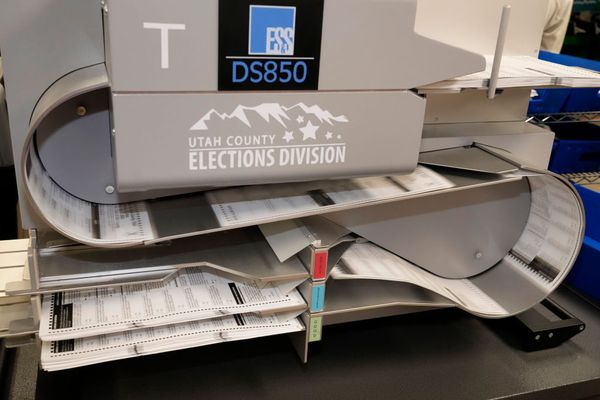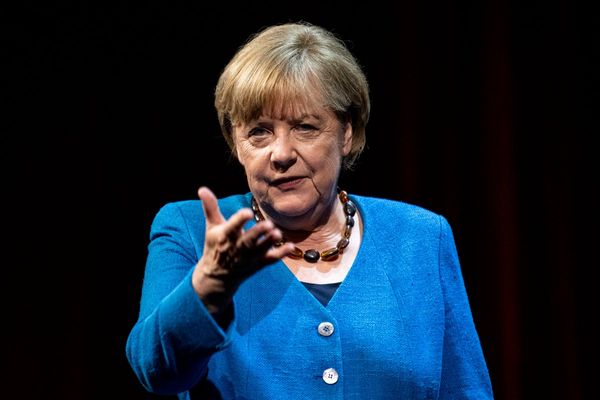
During his first week back in the White House, former President Donald Trump has reiterated his commitment to addressing Americans' concerns over inflation and energy costs. Trump, who attributed his election victory to anger over rising grocery prices, has taken initial steps to tackle these issues.
While Trump's executive orders have primarily focused on immigration, he has directed federal agencies to pursue actions to lower energy costs. By reducing regulations and expanding drilling opportunities, Trump aims to increase domestic oil production and potentially lower prices across the economy.
Despite his promises to swiftly address inflation, economists caution that Trump's proposed tariffs and tax cuts could create new inflationary pressures and keep interest rates elevated. The former president has also expressed opposition to climate-friendly energy sources, emphasizing a reliance on fossil fuels.




Trump's administration faces challenges in persuading oil companies and foreign nations to increase production, as global market dynamics play a significant role in energy prices. While some aides suggest a potential increase in oil production, achieving such growth in a short timeframe may prove difficult without disrupting the global energy market.
Deportation of undocumented migrants and imposition of tariffs could have unintended consequences, potentially raising prices for consumers. Trump has hinted at pressuring the Federal Reserve to cut interest rates, a move that could impact inflation and economic stability.
Despite Trump's confidence in his ability to influence the Fed, the central bank values its political independence in making crucial decisions to stabilize prices. The former president's strategies to address inflation and energy costs reflect his administration's priorities and potential implications for the economy.







